Our day set sail with a warm welcome for my former RBR colleague, Clark Richards, aboard our sailboat ‘Oceanolog’. It was a momentous occasion when I introduced him to my RBR concertoCTD measuring system, which now boasted state-of-the-art optical sensors. As we sat in the cabin, savouring cups of freshly brewed coffee, the stories flowed, and knowledge was exchanged, strengthening the profound bonds that unite oceanographers across the vast seas.
The day’s adventures took us to the Bedford Institute of Oceanography (BIO), a visit made possible by Clark, who now calls this place his professional home. It was here that I had the privilege of witnessing a Teledyne Slocum Glider equipped with RBR legatoCTD for the very first time. The sight of this glider transported me back to the countless hours I dedicated to calibrating and testing these devices back at RBR.
Inside the BIO museum, I stumbled upon a captivating exhibit, a treasure trove of historical oceanographic instruments and tools. Among the relics, a tiny ampoule held Japanese standard seawater, a testament to the meticulous metrology science that underpins oceanography, and in my case, my particular fascination with salinometry. And amid this rich tapestry of exhibits, I uncovered an Oceanographic Slide Rule, a relic from days gone by. This ingenious tool once guided oceanographers in calculating salinity and navigating the intricate depths of the ocean.
The day was a harmonious blend of past and future, where history met innovation, and camaraderie bridged the gaps of time and distance. It was a testament to the enduring spirit of exploration and discovery that fuels our passion for the seas.
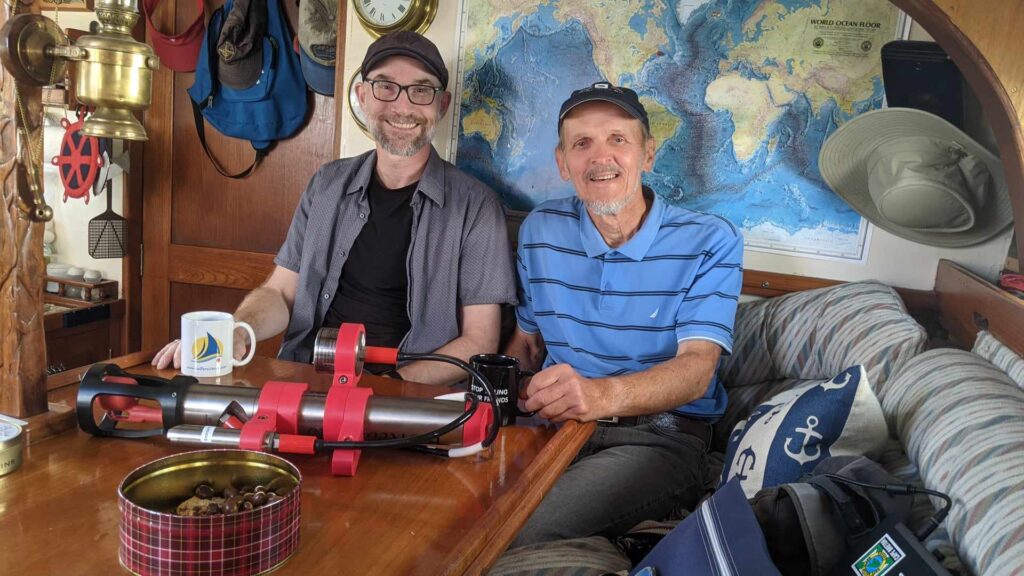
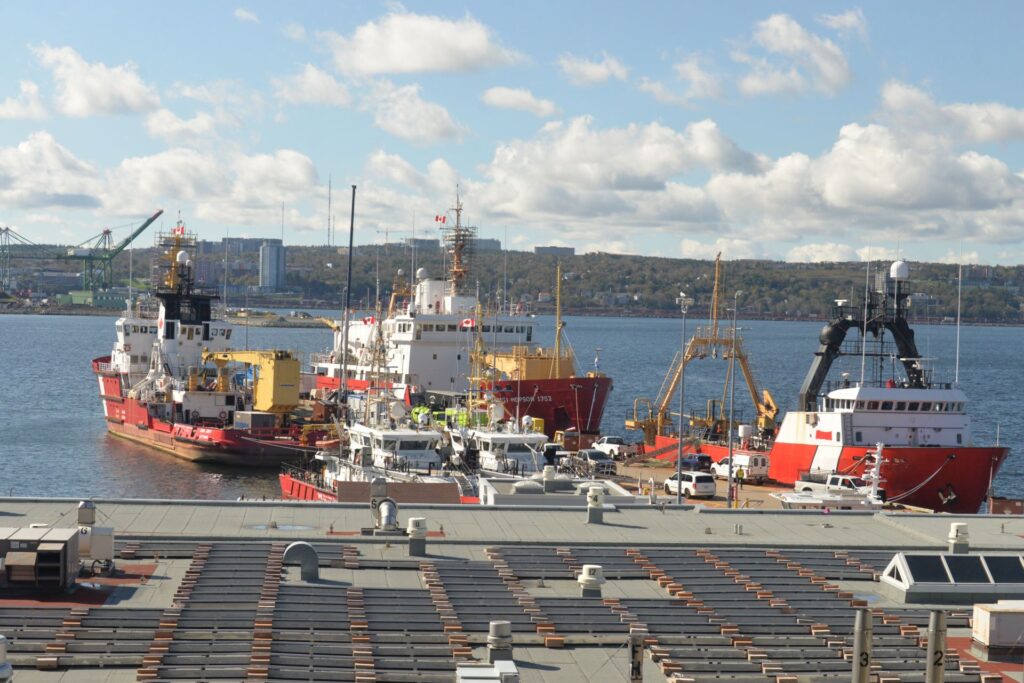

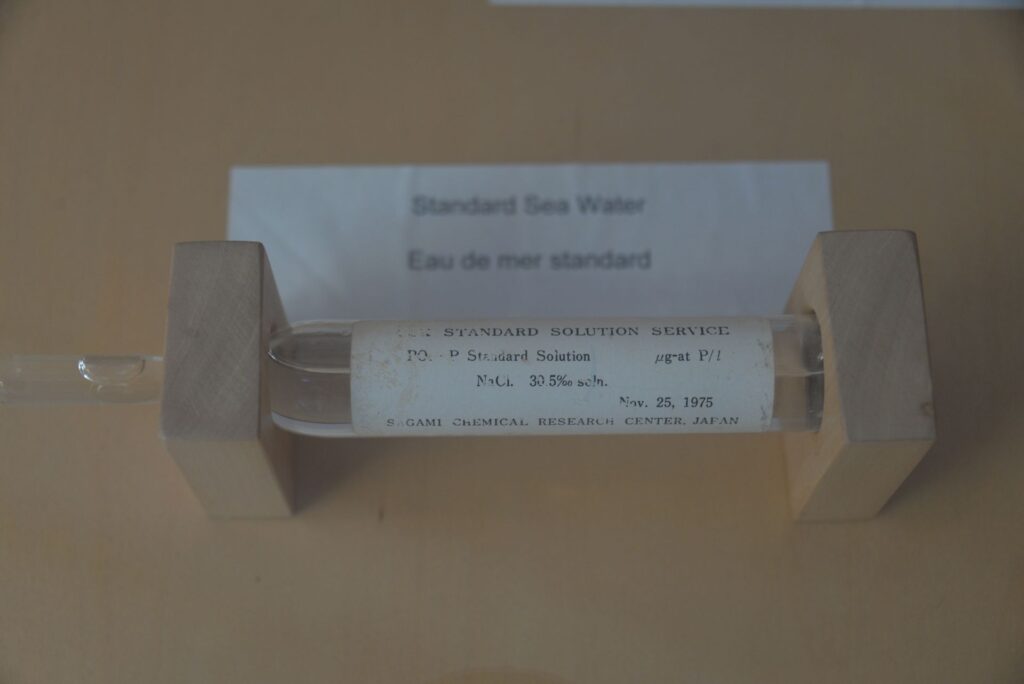
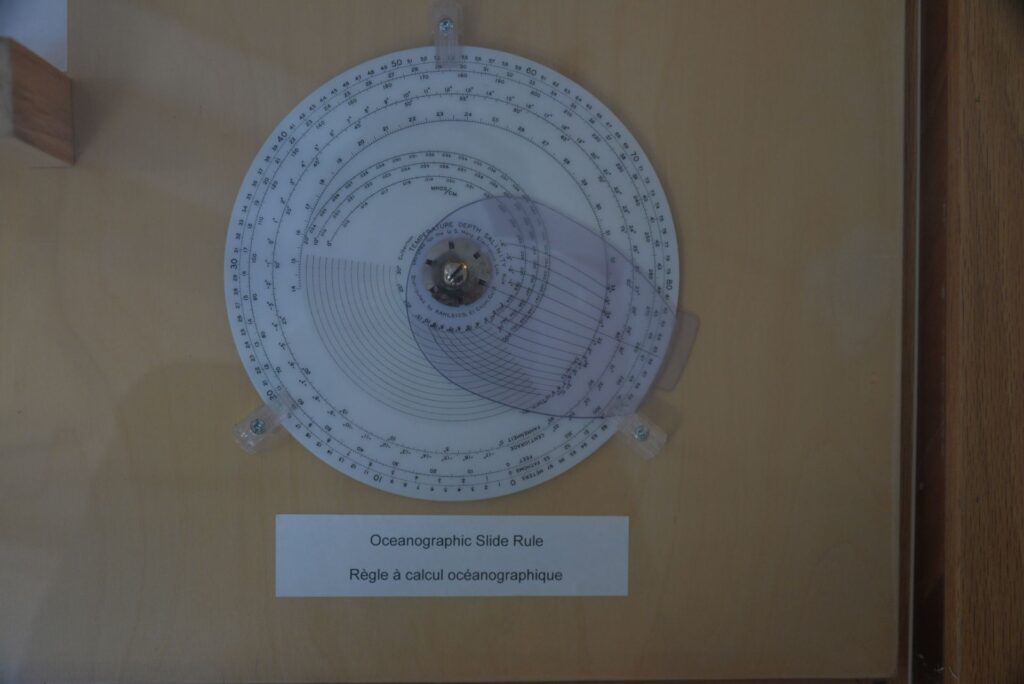
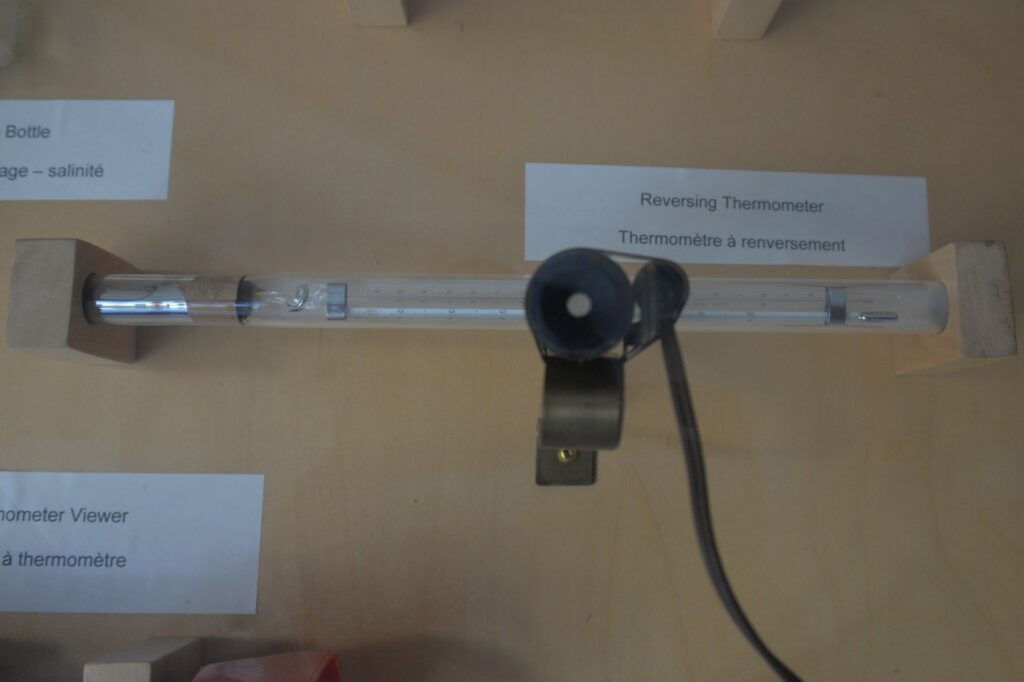
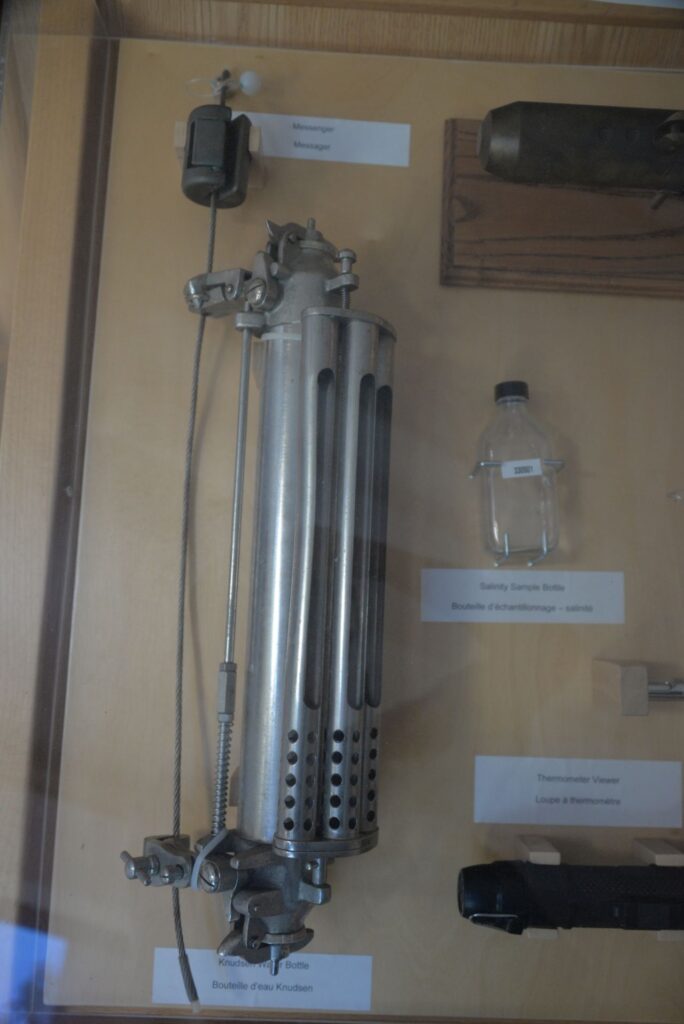
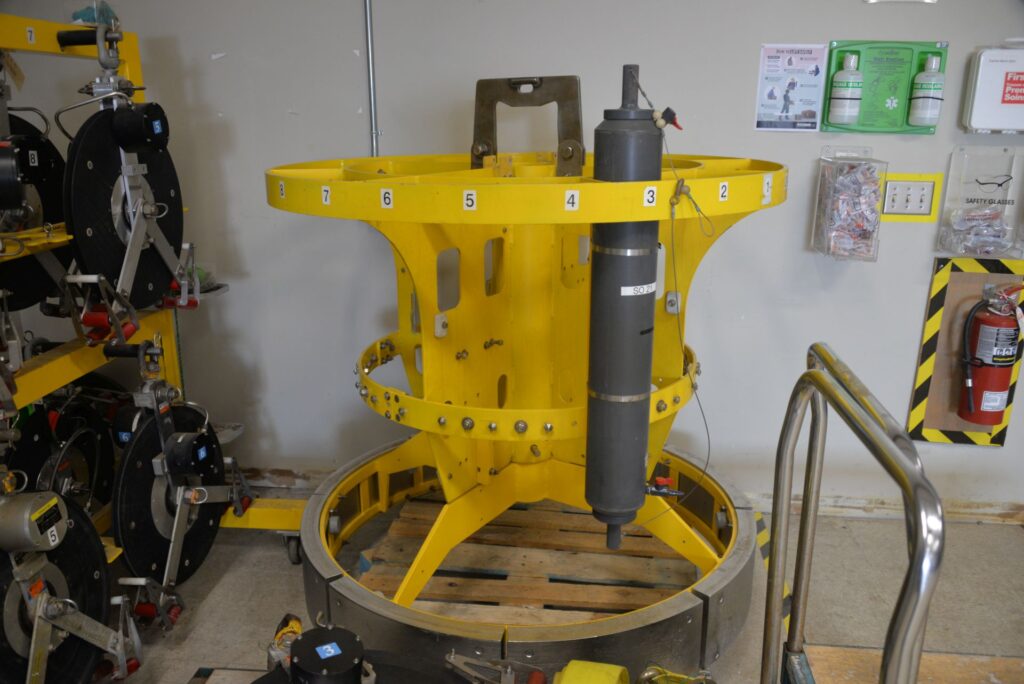
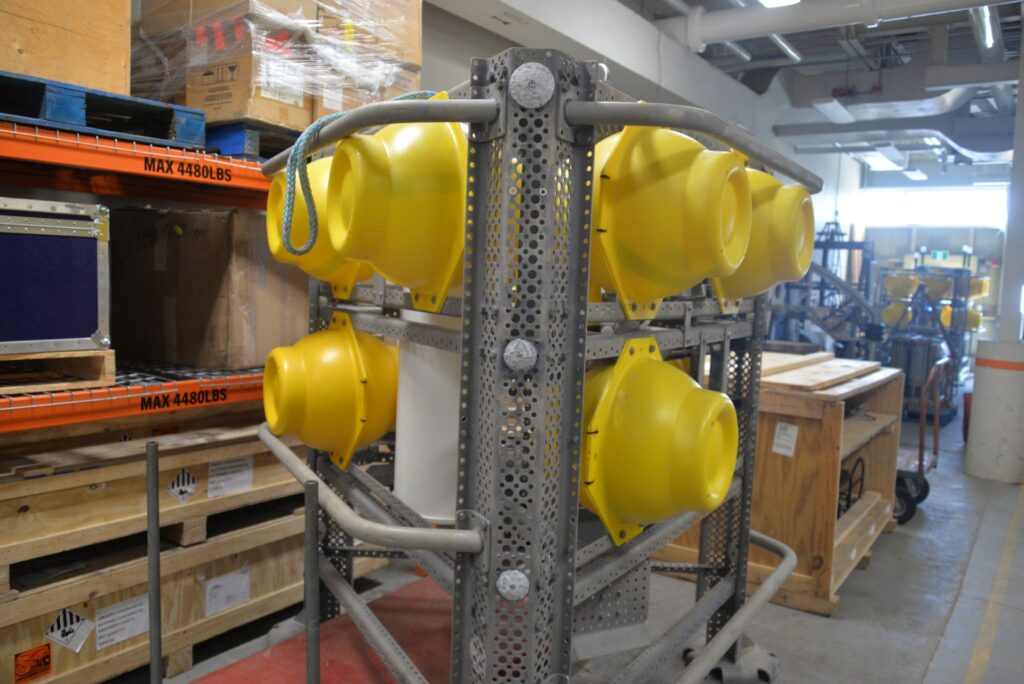
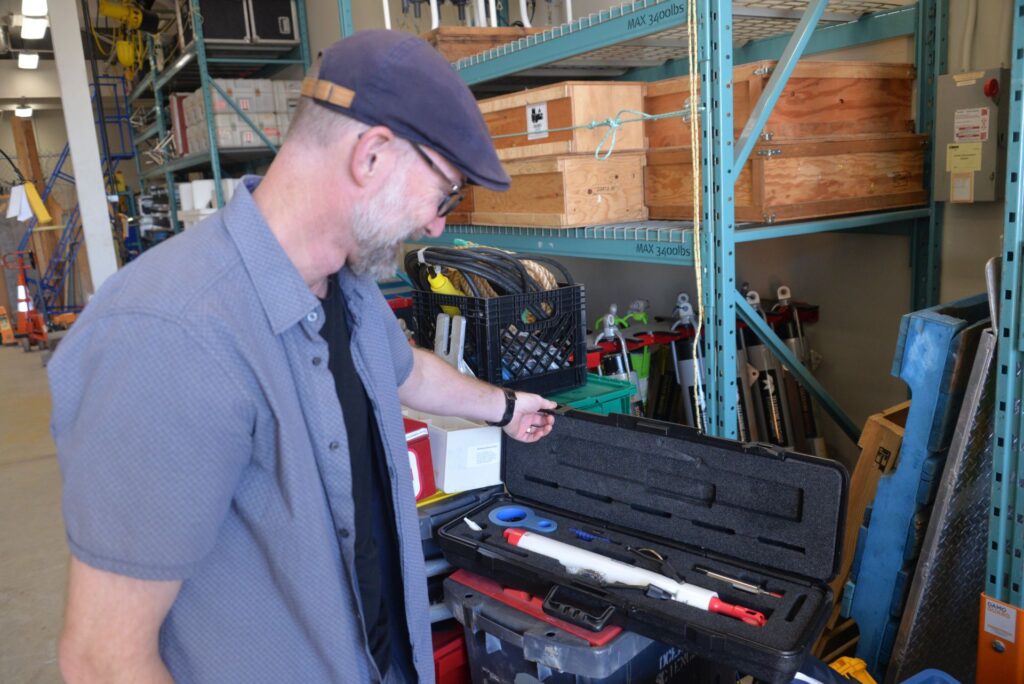
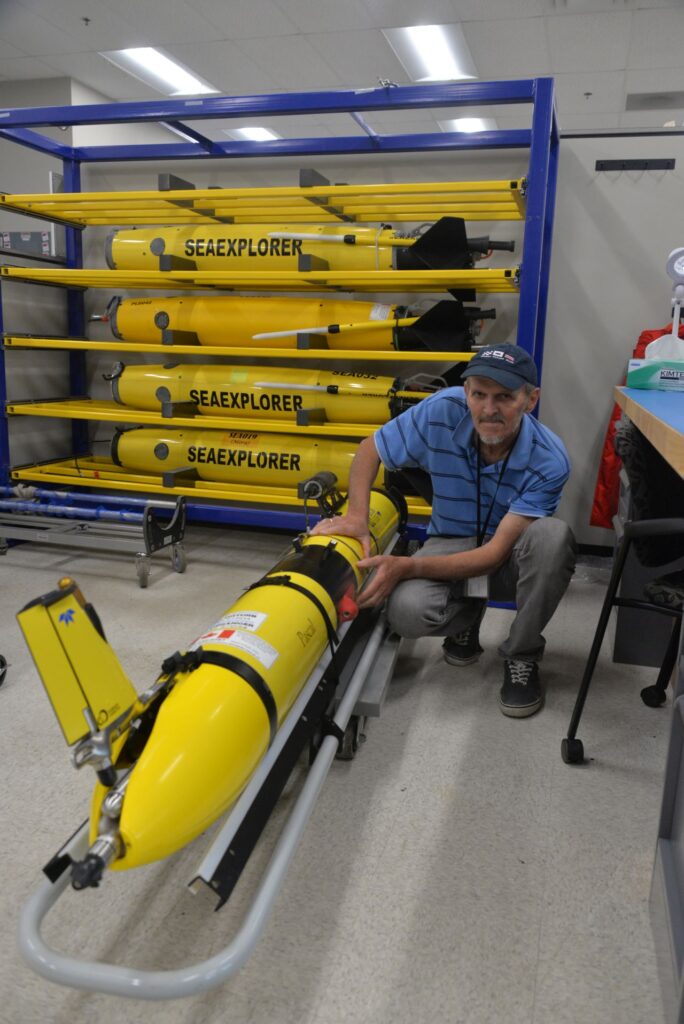
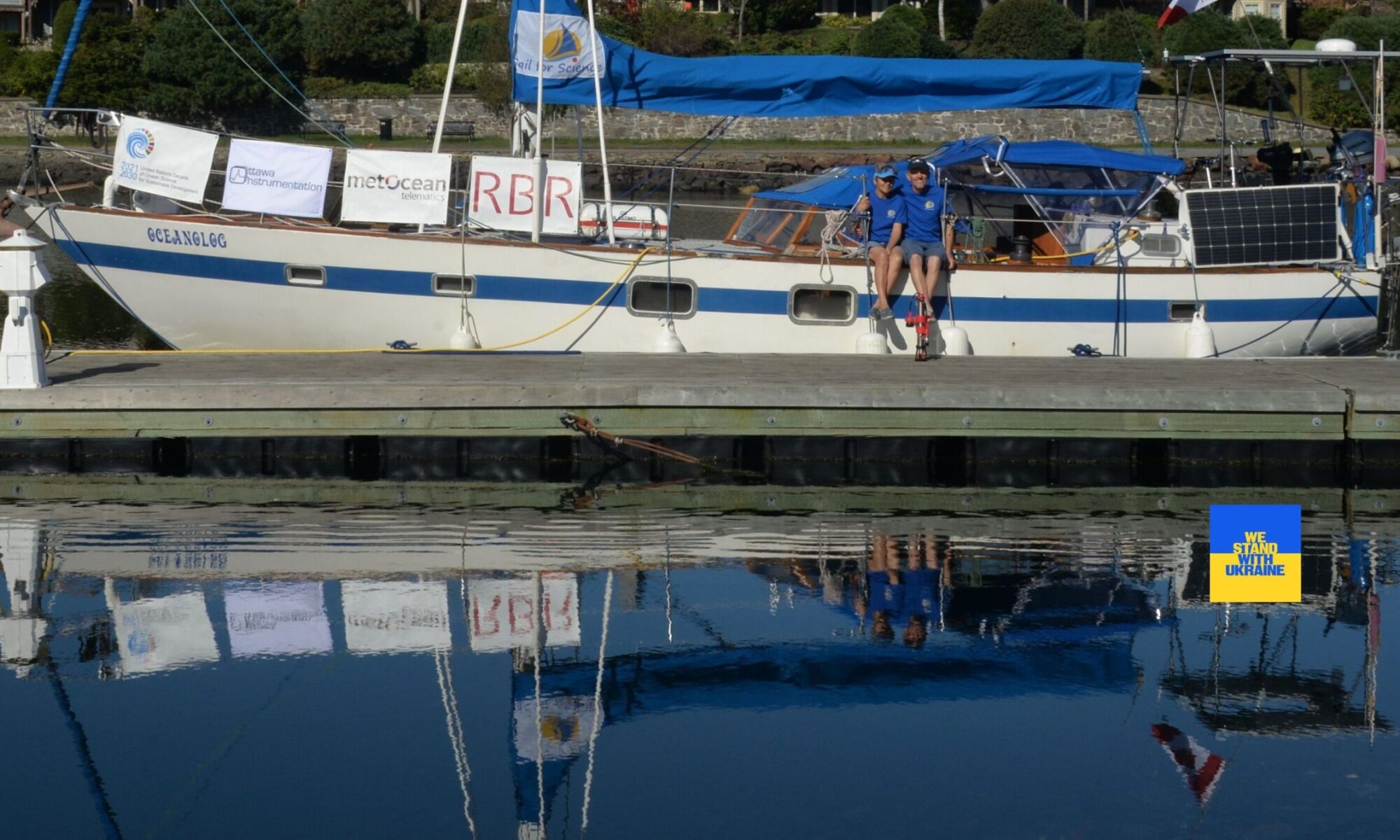

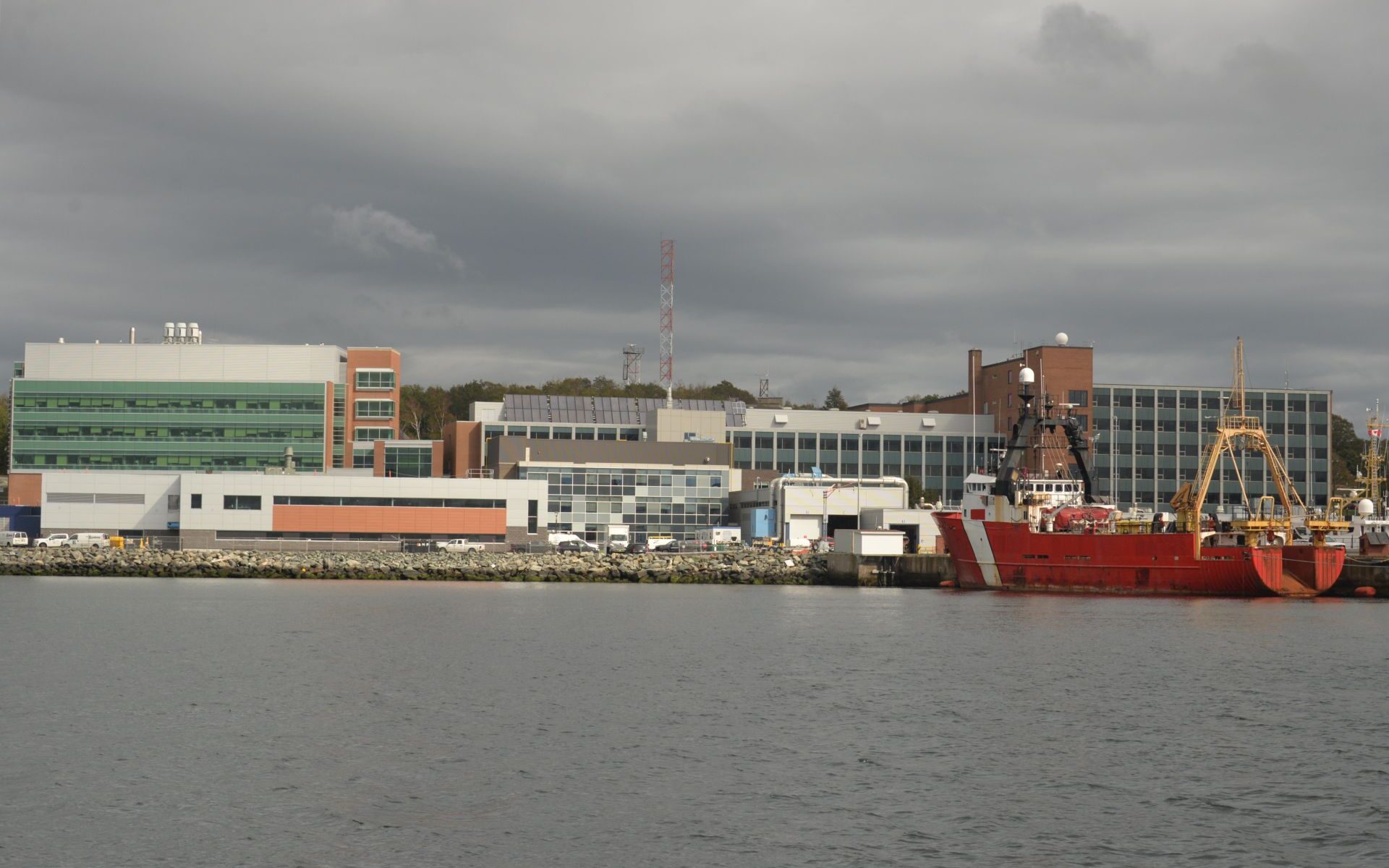
There are not many people at BIO who know how a Knudsen bottle works. Even fewer had actually worked with those.
Yes, Yuri, it’s the Old Salts’ technique!;-)